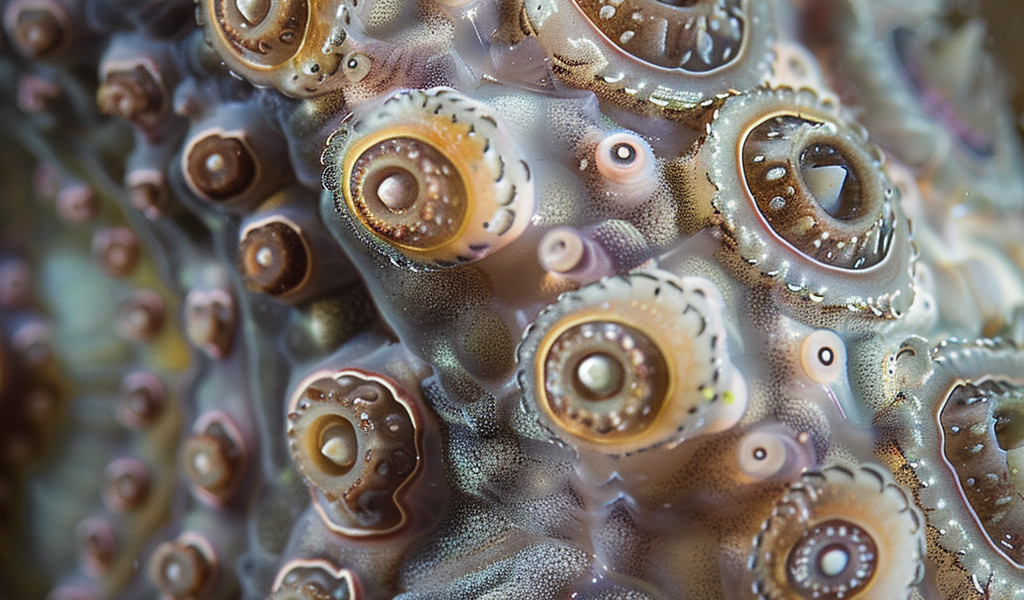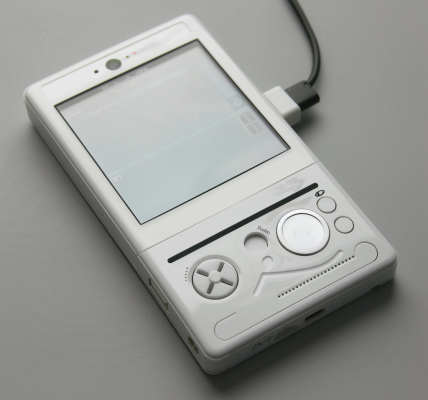Researchers Solve Mystery of The Sea Creature That Evolved Eyes All Over Its Shell
Small, shelled, and unassuming, chitons have eyes unlike any other creature in the animal kingdom.
Some of these marine mollusks have thousands of bulbous little peepers embedded in their segmented shells, all with lenses made of a mineral called aragonite. Although tiny and primitive, these sensory organs called ocelli are thought to be capable of true vision, distinguishing shapes as well as light.
Other chiton species, however, sport smaller ‘eyespots’ that function more like individual pixels, much like the components of an insect’s or mantis shrimp’s compound eye, forming a visual sensor distributed over the chiton’s shell.
A new study examining how those different visual systems came to be has now revealed a surprising evolutionary nimbleness to these rock-dwelling creatures: their ancestors hastily evolved eyes on four different occasions, resulting in two very distinct kinds of visual system today.
Although not quite as repetitive as crabs and their side-walking body plans, which have evolved at least five times, the study shows once again how evolution throws up multiple solutions to basic problems, like how to use light to avoid becoming lunch.
“We went in knowing there were two types of eyes, so we were not expecting four independent origins,” says evolutionary biologist and lead author of the study, Rebecca Varney from the University of California Santa Barbara. “The fact that chitons evolved eyes four times, in two different ways, is pretty amazing to me.”
Visual systems of chitons consist of small, light-sensing structures called aesthetes (left; green) interspersed with either larger shell eyes (middle; blue) or smaller, more numerous eyespots (right; red). These structures are connected to optic nerves via openings in shell plates. (Varney et al., Science, 2024





